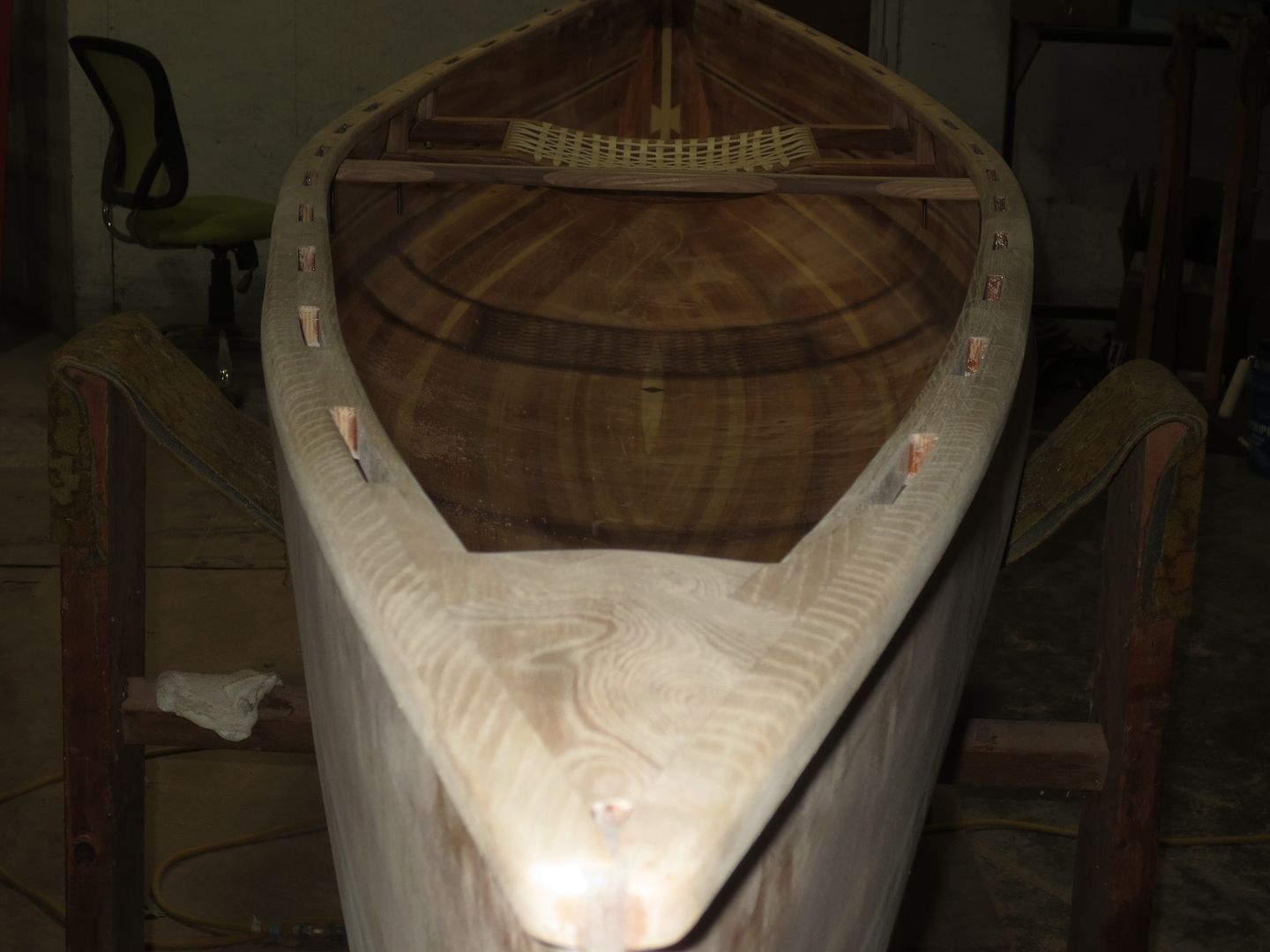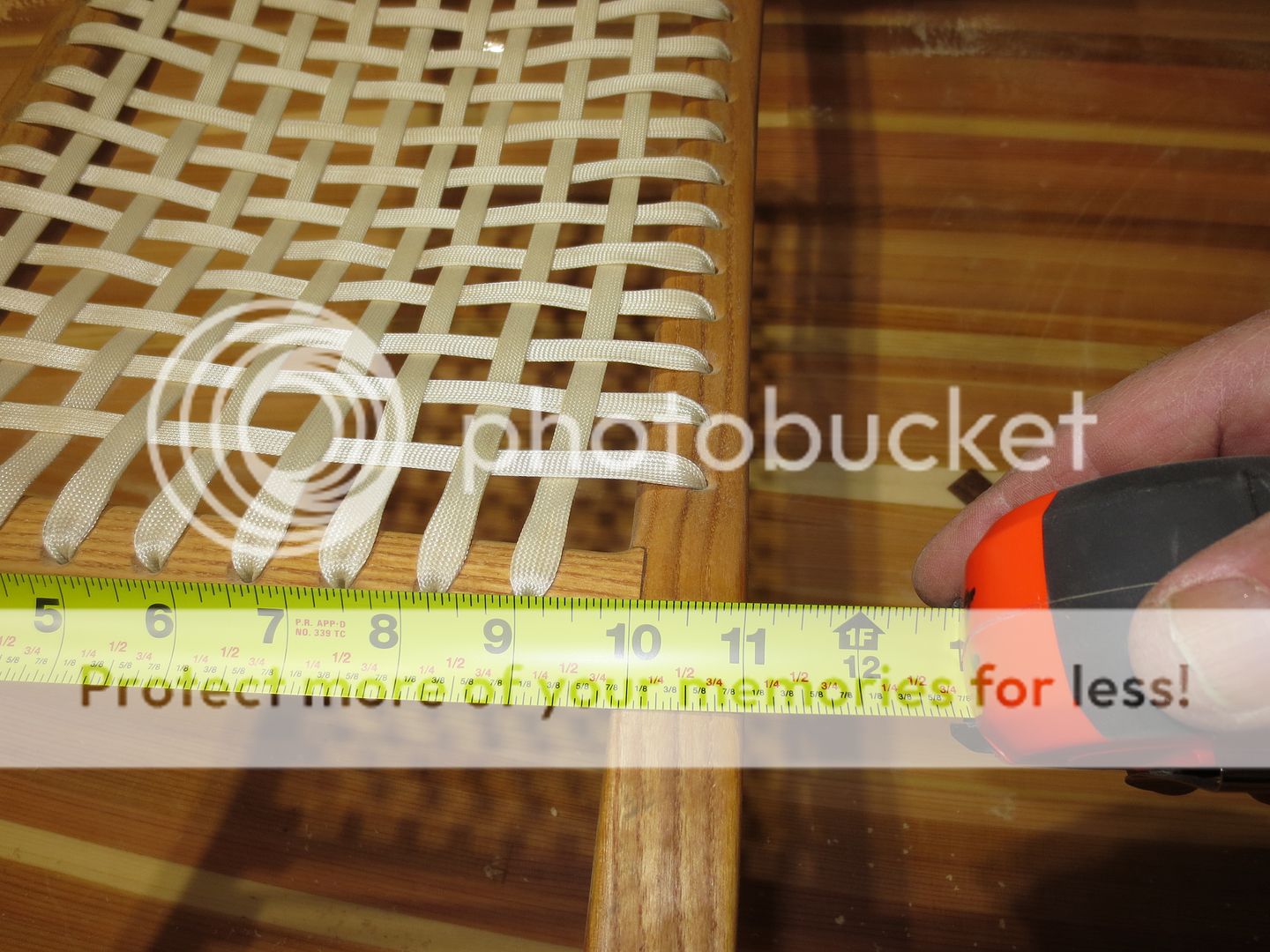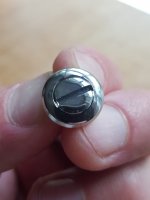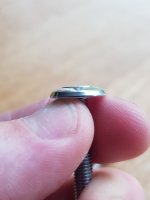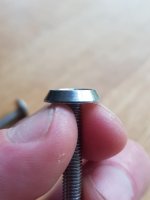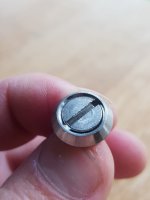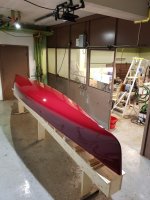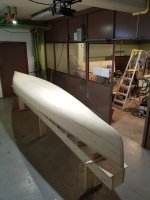My apologies, I'm not intentionally trying to create thread drift, but I have an alternate opinion about the twitchiness of the osprey/kite.
I'm not so sure about the trim sensitivity many people complain about. I've done thousands of kilometers in the Osprey, most of that with tripping loads in the canoe. I just put the seat further back from the center, usually the front of the seat is 9 or ten inches from the middle. I believe I remember reading John Winters saying he never included a sliding seat in his personal canoes either. The design is a good all around canoe, but the asymmetrical nature is not going to make it a dedicated white water canoe...you will still get through class 2 stuff, but you won't be back ferrying or carving wicked eddies. If you put more weight toward the stern, the back half will squat a little more in the water, and give you an easier time going straight ahead. If you need to be bow heavy or neutral. just move your packs around.
I'll be mounting the seat in my Raven ten inches back. The last osprey I built, I put it six inches aft of center, and I found that to be not enough. Anyway, that's just my random opinion which many people will disagree with so take it with a grain of salt.
Edited to say, I paddle the exact same way you do, in terms of foot and leg placement.
I'm not so sure about the trim sensitivity many people complain about. I've done thousands of kilometers in the Osprey, most of that with tripping loads in the canoe. I just put the seat further back from the center, usually the front of the seat is 9 or ten inches from the middle. I believe I remember reading John Winters saying he never included a sliding seat in his personal canoes either. The design is a good all around canoe, but the asymmetrical nature is not going to make it a dedicated white water canoe...you will still get through class 2 stuff, but you won't be back ferrying or carving wicked eddies. If you put more weight toward the stern, the back half will squat a little more in the water, and give you an easier time going straight ahead. If you need to be bow heavy or neutral. just move your packs around.
I'll be mounting the seat in my Raven ten inches back. The last osprey I built, I put it six inches aft of center, and I found that to be not enough. Anyway, that's just my random opinion which many people will disagree with so take it with a grain of salt.
Edited to say, I paddle the exact same way you do, in terms of foot and leg placement.


